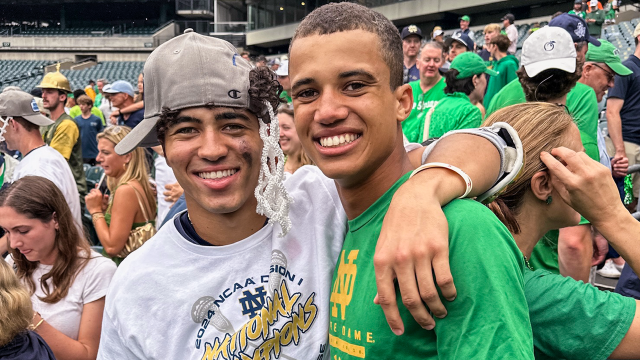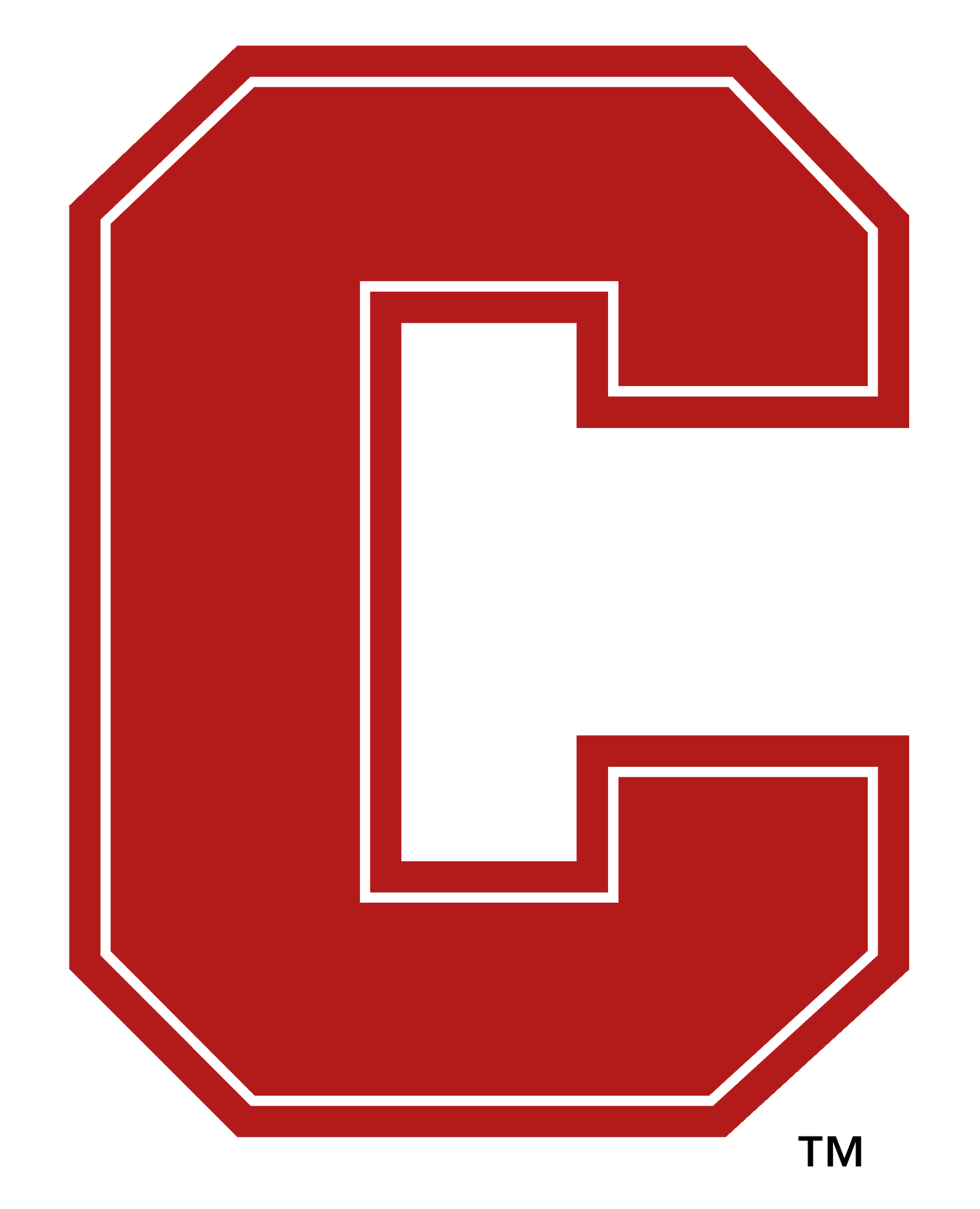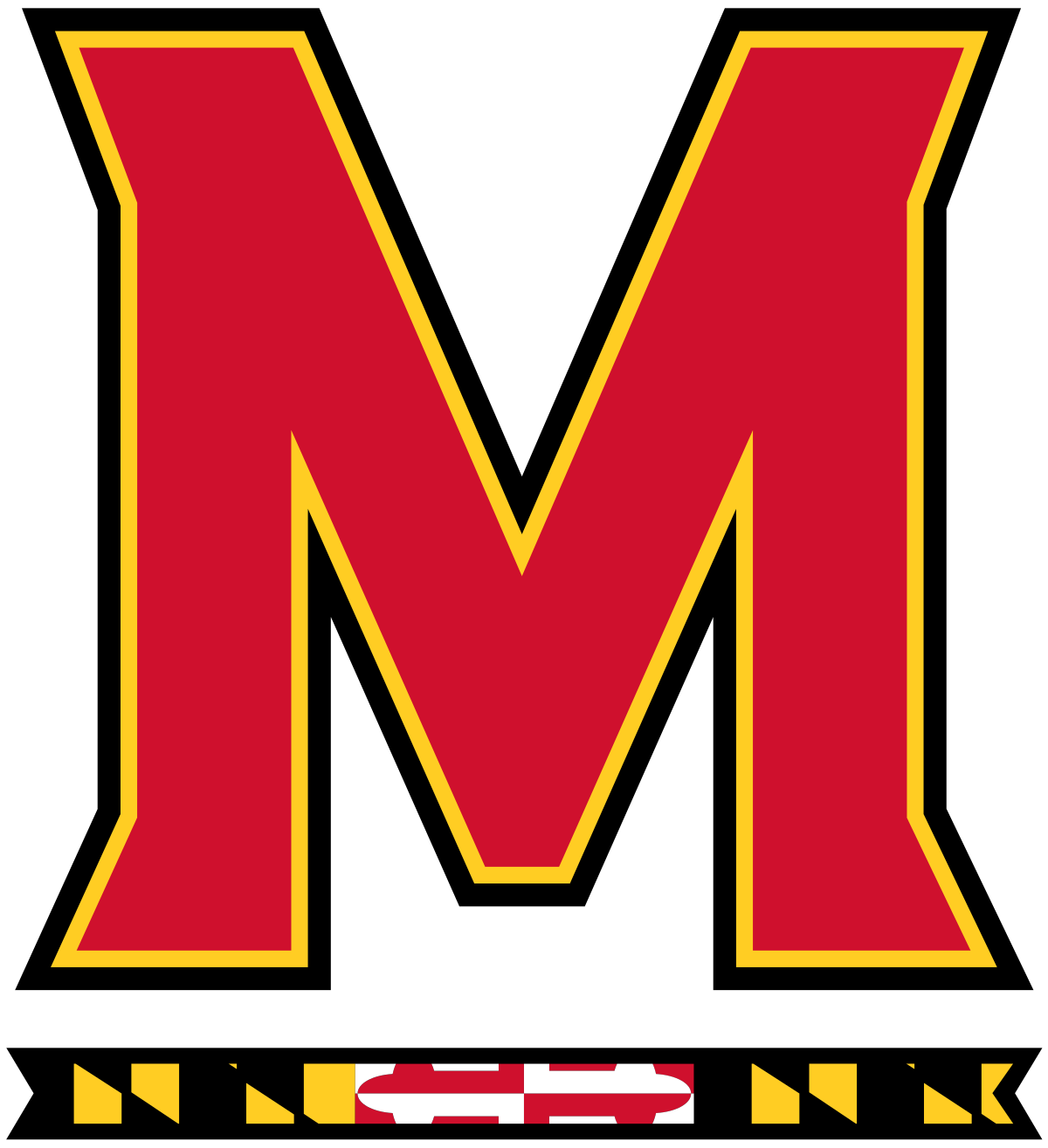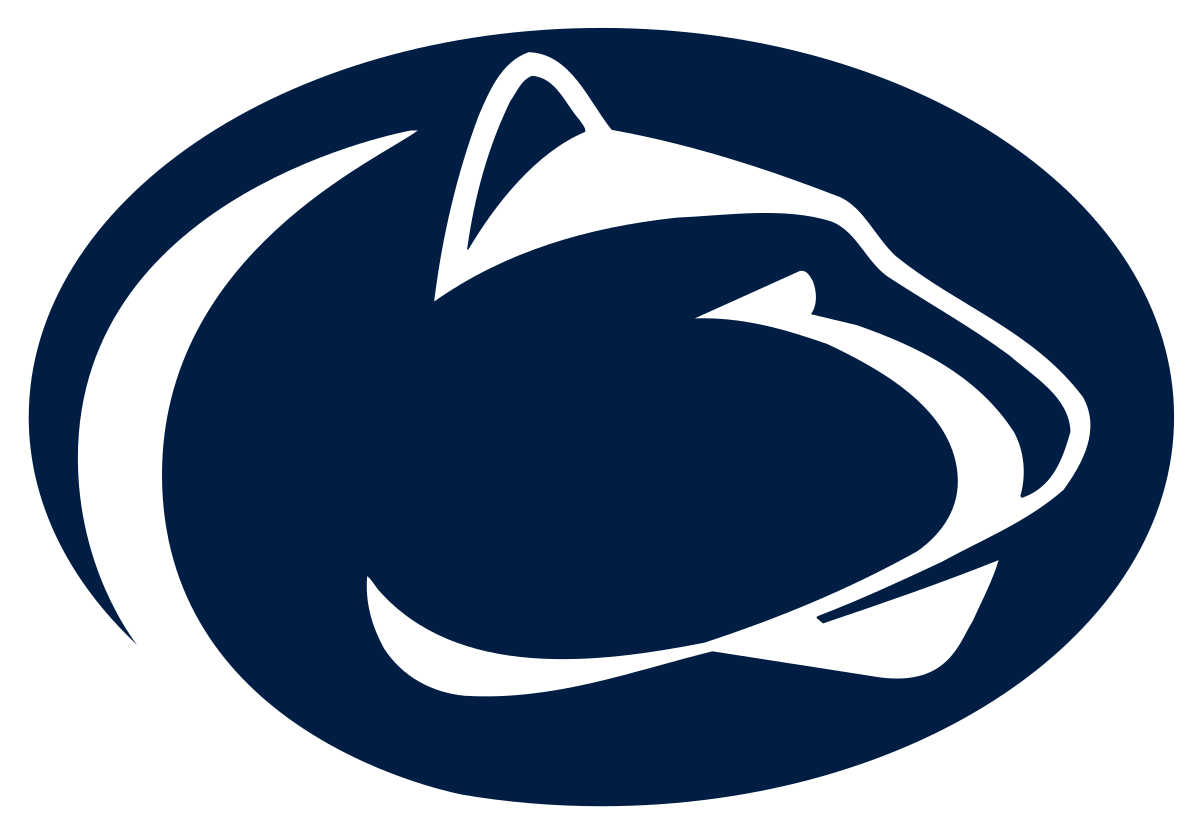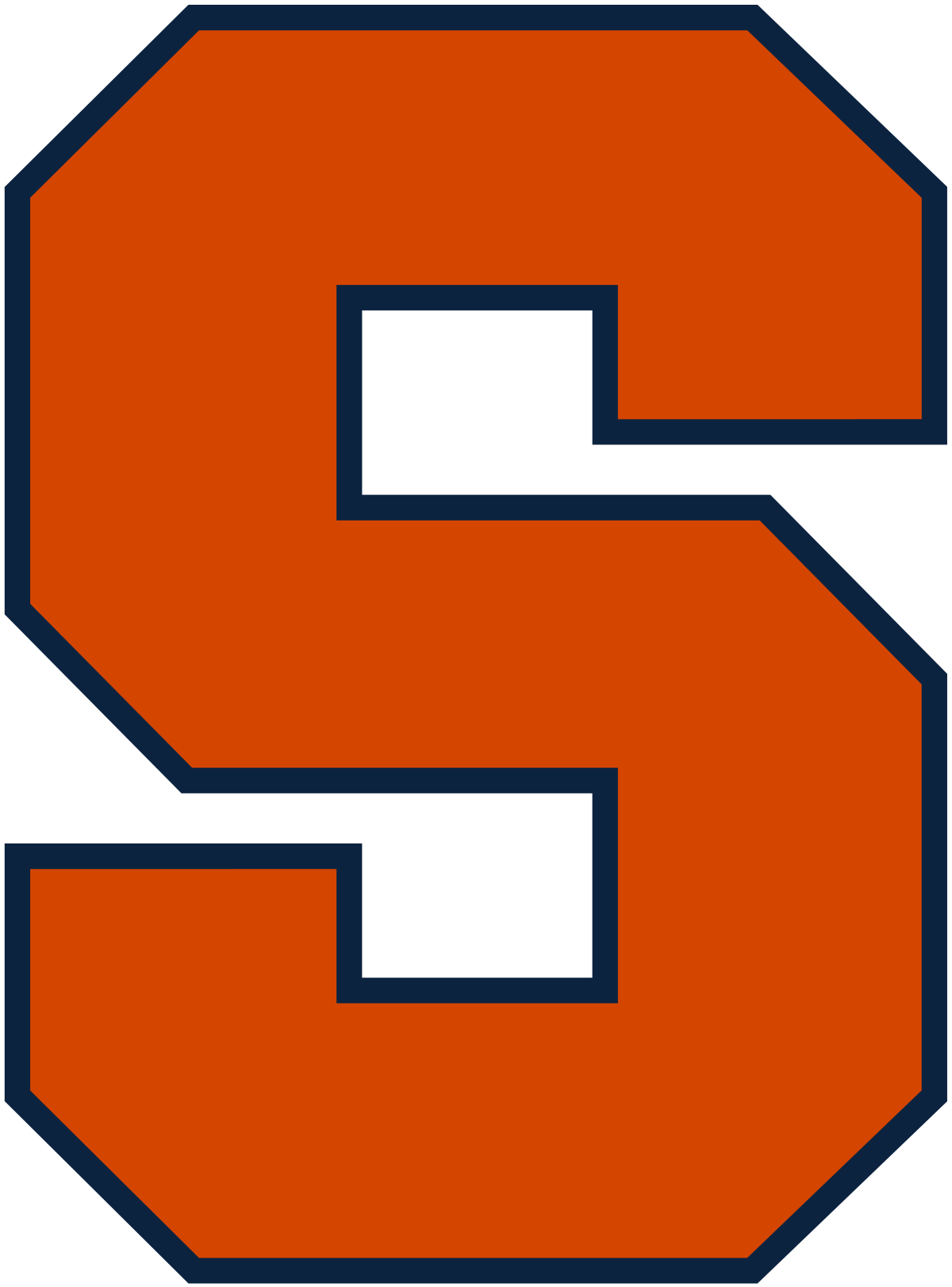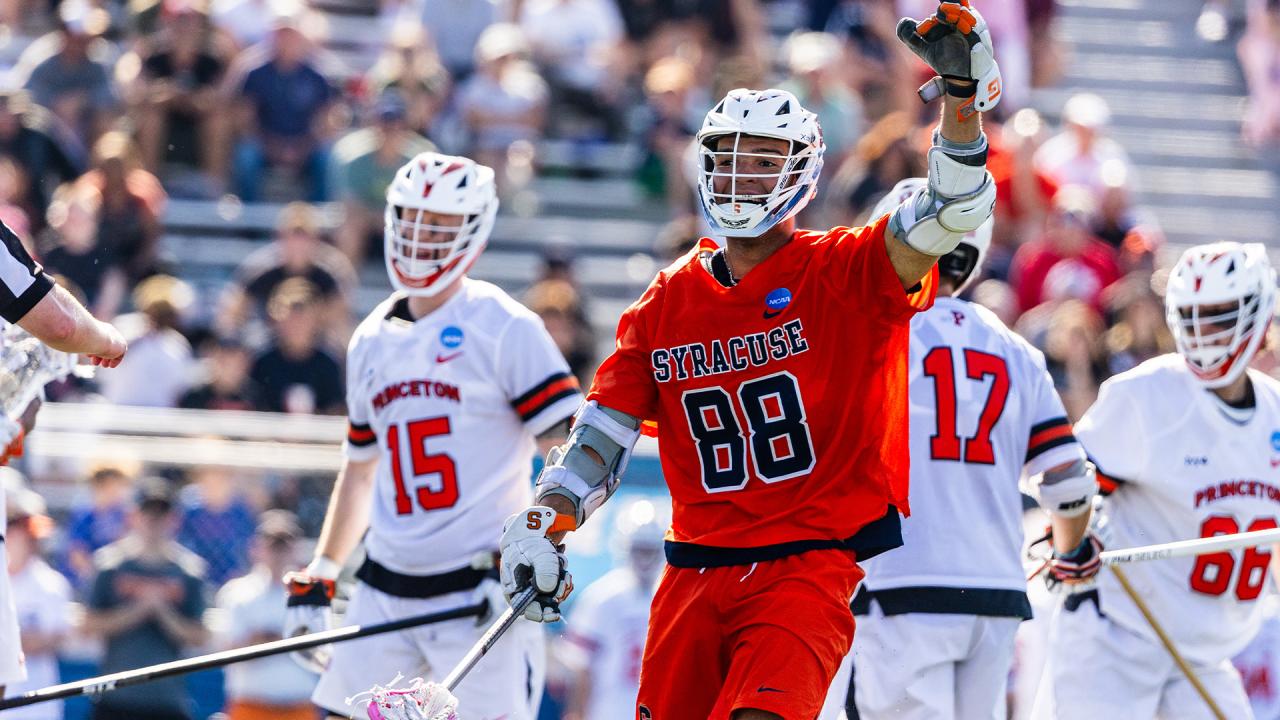
Division I Men's Championship Weekend from A-to-Z
The ABCs of lacrosse are easy to figure out. The XYZs? That’s a bit tougher, especially in this year’s edition of the men’s lacrosse final four from A-to-Z.
None of the semifinalists — Cornell, Maryland, Penn State or Syracuse — have a player whose last name begins with X, Y or Z. No Us or Vs, either. There are no Yagers or Zappitellos in the mix this year, nor did Virginia manage to offer an easy answer to an often-tricky letter.
But what fun would it be without having to get a bit creative in some spots? Admittedly, a few of these are a stretch, but not enough to diminish this whimsical annual exercise and provide a digestible way to get ready for Saturday’s games in New England.
A is Hunter Aquino: The Big Ten’s freshman of the year, Aquino made an instant impact for Penn State playing both attack and midfield. The in-state product has 16 goals and a team-high 21 assists and ranks second on the Nittany Lions in points (37).
B is for Big Ten: The defense-first league produced two semifinalists this season, with Maryland and Penn State getting through to the final weekend. It marks the fourth time since the Big Ten began sponsoring lacrosse in 2015 that it has multiple Memorial Day weekend representatives, joining 2015 (Maryland and Johns Hopkins), 2017 (Maryland and Ohio State) and 2022 (Maryland and Rutgers).
C is for Cornell: The top-seeded Big Red (16-1) advanced to the semifinals for the 15th time — the fifth-most appearances in tournament history — with victories over UAlbany (15-6) and Richmond (13-12). The Big Red are in the semis for the first time since 2022 and are attempting to win their fourth NCAA tournament. The other three came in 1971, 1976 and 1977.
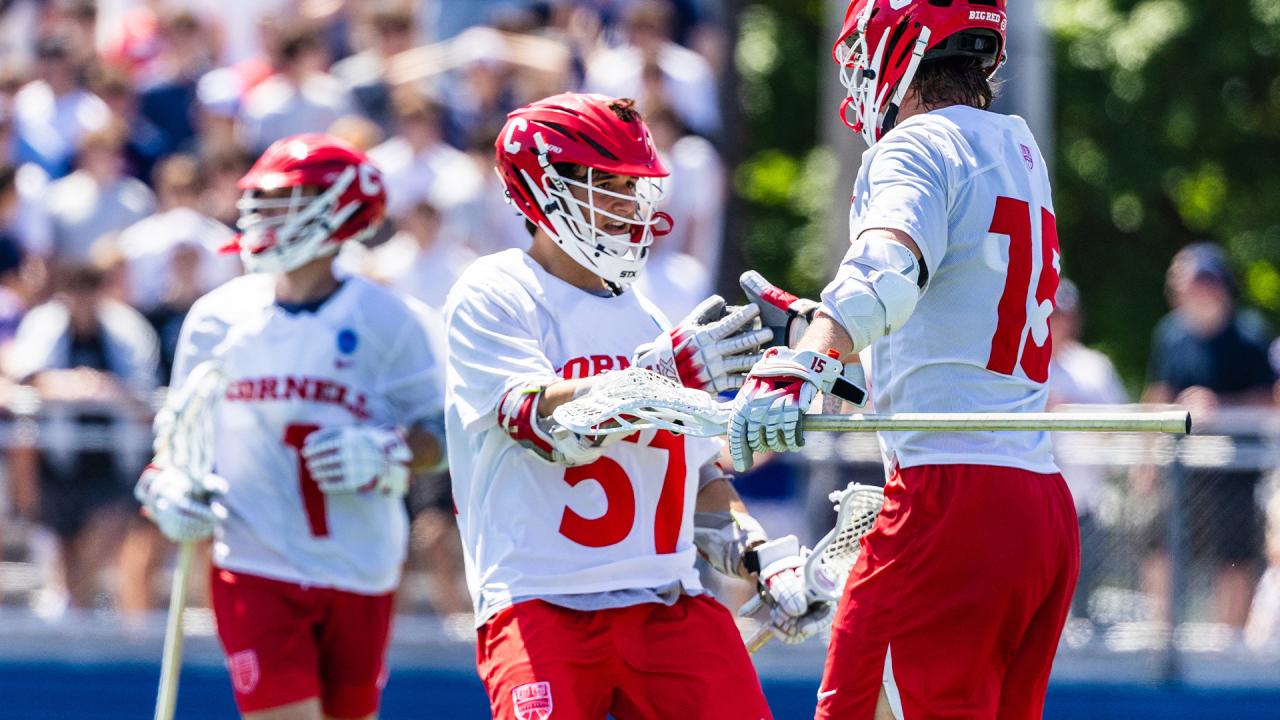
D is for Andrew Dalton: A member of Cornell’s ultra-productive first midfield line, Dalton has 19 goals and seven assists while shooting 51.4 percent this season. The senior from Ontario delivered his first career hat trick in the Big Red’s quarterfinal defeat of Richmond, including the go-ahead goal with 5:28 to go. He’ll run alongside sophomore Willem Firth (31 goals, 16 assists) and senior Hugh Kelleher (24 goals, 11 assists).
E is for Braden Erksa: The elusive Maryland junior had three goals and an assist as the Terrapins took down Georgetown in the quarterfinals and is up to 30 goals and 15 assists on the season. He’s part of a balanced attack unit that also includes Daniel Kelly (32 goals, nine assists) and Eric Spanos (30 goals, 16 assists).
F is for Foxborough: The championship weekend returns to the town located between Boston and Providence on U.S. Route 1 for the sixth time overall and the first time in seven years. Gillette Stadium was also the site of Syracuse’s 2008 and 2009 titles, the lone championships won by Loyola (2012) and Yale (2018) and the end of Maryland’s 42-year title drought in 2017.
G is for Gary Gait: The Syracuse program legend is in his fourth year as the Orange’s men’s coach and has a team playing on the final weekend for the first time in this role. However, he knows this stage well, having led Syracuse to three consecutive national titles as a player (1988-90) and the Syracuse women’s program to eight semifinal appearances and three NCAA finals in a 14-year run from 2008-21.
H is for Owen Hiltz: The fifth-year senior has scored the game-winning goal in both of Syracuse’s NCAA tournament games — in overtime against Harvard in the first round and then with 3:50 to play off a Joey Spallina feed in the quarterfinals against Princeton. Hiltz has a point in 63 consecutive games, and his 238 career points (136 goals, 102 assists) ranks 11th in program history.
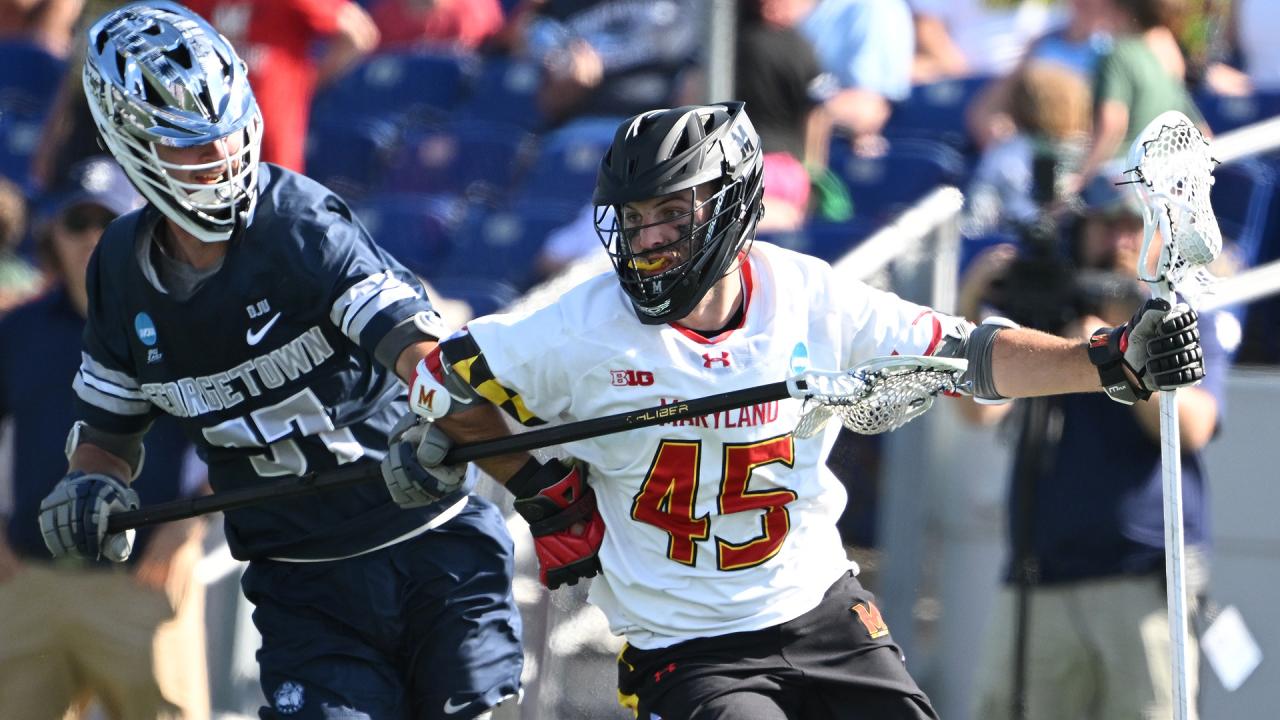
I is for Ivy League: After a two-year absence, the Ancient Eight again has a representative in the NCAA semifinals thanks to Cornell. Ivy League programs have combined for 10 NCAA tournament titles, with Princeton (six), Cornell (three) and Yale (one) all contributing to the total. However, Yale’s 2018 title is the only one earned by an Ivy since Princeton claimed its most recent crown in 2001.
J is for juniors: Namely, Syracuse’s juniors. The Orange leaned heavily into a “let the kids play” youth movement in 2023, and the likes of Michael Leo, Luke Rhoa, Joey Spallina and Finn Thomson on offense and Billy Dwan III at the defensive end all gained considerable experience. Two seasons later, they are all lineup fixtures and the cornerstone of Syracuse’s rise back toward the top of the sport.
K is for CJ Kirst: The career Division I goals leader and the presumptive Tewaaraton Award winner, Kirst opened his Cornell career with a run to the championship game in 2022 and will look to go one step further this weekend. Kirst has 76 of his 241 college goals this season, just six off the all-time Division I record, and he leads all of Division I this season with 108 points.
L is for Michael Long: A clever attackman who has played alongside Kirst in high school (Delbarton) and at Cornell, Long ranks sixth in school history with 235 points and is only the fourth player in Big Red history with 100 goals and 100 points in a career (joining luminaries Mike French, Rob Pannell and Jeff Teat) and enters the weekend with 29 goals and 38 assists.
M is for Maryland: The second-seeded Terrapins (13-3) passed Johns Hopkins for the most semifinal appearances in tournament history with 30 — the first time Maryland has had more than the Blue Jays since it held a 9-8 advantage entering the 1981 season. The Terps got here with victories over Air Force (13-5) and Georgetown (9-6) and will look to win their fifth NCAA tournament. Maryland’s previous titles came in 1973, 1975, 2017 and 2022, the latter two under coach John Tillman.
N is for Norwell: The hometown of Syracuse faceoff man John Mullen is located about a 30-minute drive from Gillette Stadium. Mullen is one of eight Massachusetts natives dotting the rosters of the semifinalists, a group that also includes Syracuse goalie Jimmy McCool (Boston) and short stick Carter Rice (Milton), Cornell defenseman Matt Dooley (Sudbury) and Maryland short stick Zack Goorno (Concord).
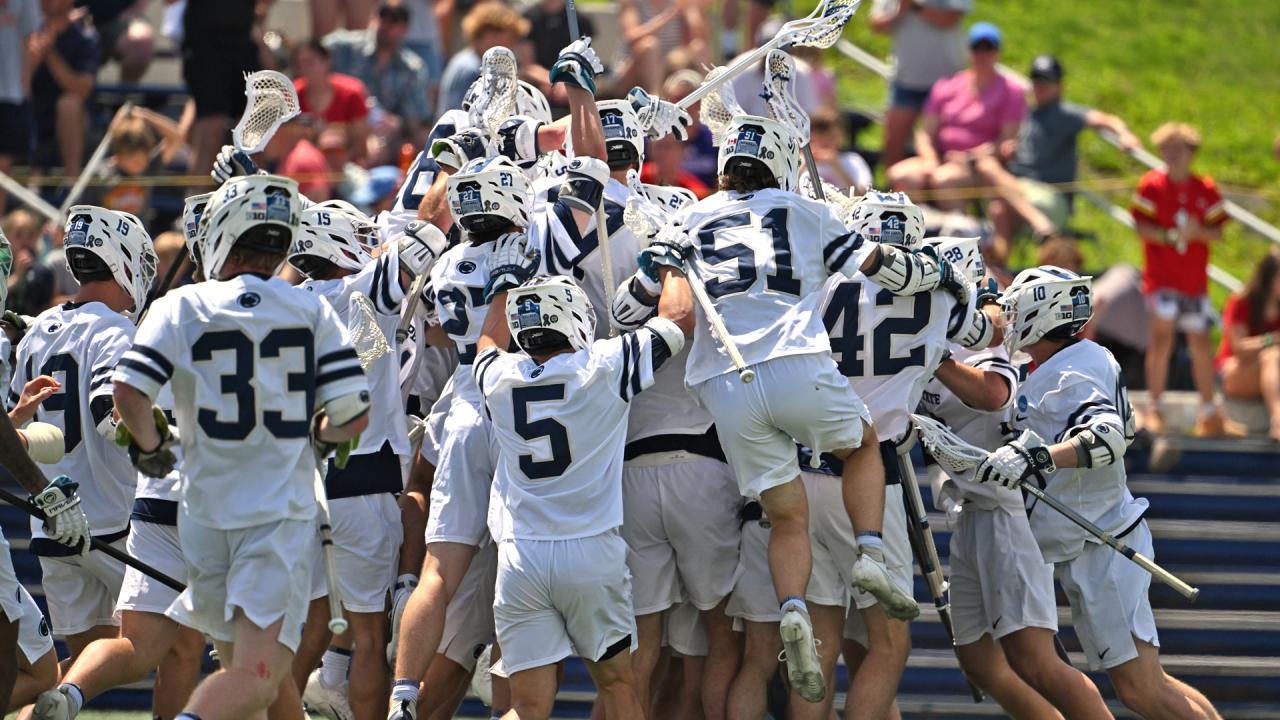
O is for Ryan O’Connor: The junior long-stick midfielder has played in every game this season for Penn State and matched his career high with two caused turnovers in the Nittany Lions’ first-round defeat of Colgate. O’Connor has drawn two starts this season, and his 32 ground balls rank fifth on Penn State’s roster.
P is for Penn State: The fifth-seeded Nittany Lions (12-4) advanced to their third NCAA semifinal with victories over Colgate (13-11) and Notre Dame (14-12) the last two weekends. Penn State also reached this point in 2019 and 2023, and only three other programs — Maryland (four), Virginia (four) and Duke (three) — have at least as many semifinal appearances in the last six tournaments. The Nittany Lions are seeking their first NCAA tournament title.
Q is for Quint: What would this annual alphabetical undertaking be without a reference to broadcaster Quint Kessenich, who is in his fourth decade of calling championship weekend for ESPN. Lest anyone forget, Kessenich left a mark on Memorial Day well before his pundit days. His 21-save performance against Cornell in the 1987 final has been matched just three times since in a title game — by Syracuse’s Matt Palumb (21 in 1988), Towson State’s Richard Betcher (21 in 1991) and Maryland’s Brian Dougherty (23 in 1995).
R is for Luke Rhoa: The junior midfielder has 26 goals on the season for Syracuse, and for the last month he’s alternated between multi-goal games and being held scoreless. He matched a career high with four goals against Harvard on May 11, then was shut out on six shots against Princeton on a day just about every other Orange offensive regular found the net. His powerful perimeter shooting could be immensely valuable against a Maryland defense that makes it difficult to create opportunities near the crease.
S is for Syracuse: The sixth-seeded Orange (13-5) advanced to its 28th semifinal — and first since 2013 — after knocking off Harvard (13-12 in this tournament’s lone overtime game to date) and Princeton (19-18). It marks the second time Syracuse has won its first two postseason games by a goal, joining the 2002 team that won all three in that fashion. The Orange is seeking their 12th national title to go with ones claimed in 1983, 1988, 1989, 1990, 1993, 1995, 2000, 2002, 2004, 2008 and 2009.
T is for Matt Traynor: The offensive player of the year in the Big Ten put up a gargantuan effort in the quarterfinals, scoring six goals and tacking on an assist to help Penn State get past Notre Dame. The senior attackman had 42 goals and 17 assists for the Nittany Lions, ranking first in the Big Ten in points (59) and second in goals (behind Ohio State attackman Alex Marinier’s 50).
U is for undeterred: It’s a trait that applies to both Syracuse and Penn State, which have erased six-goal deficits in this tournament. The Orange rallied from an 8-2 hole against Harvard in the first round, while the Nittany Lions scored the final eight goals against Notre Dame to wipe out a 12-6 disadvantage. It’s the first time two teams have come back from down six goals to win in the same postseason.
V is for veteran: While Cornell has its share of fifth- and sixth-year players thanks to the pandemic, the player who has been prominent for the longest time among these teams has to be Maryland goalie Logan McNaney. He took over as the Terps’ starter as a baby-faced freshman early in the 2020 season, helped Maryland to the final in 2021, was the most outstanding player of the 2022 tournament, missed much of 2023 with an ACL tear and then wasn’t quite himself upon returning last season. In his final college chapter, he ranks fourth nationally with a .595 save percentage and owns a 61-11 career record as a starter.
W is for Zach Whittier: The junior has scored in both of Maryland’s NCAA tournament games and has 12 goals and 19 assists on the season while shooting 37.5 percent. That puts him in the same production neighborhood as first midfield linemates Matthew Keegan (21 goals, 12 assists) and Bryce Ford (20 goals, 10 assists), a group without a weak link that can put pressure on opposing defenses.
X is what used to be the X: Syracuse’s John Mullen (.639) ranks fifth nationally in faceoff percentage but was called for six of the Orange’s nine faceoff violations in the quarterfinals against Princeton. Cornell’s Jack Cascadden (.618) is ninth in Division I. Freshman Reid Gills of Penn State doesn’t have enough attempts to qualify, but he’s claimed 64.9 percent of his draws and has played throughout the postseason with Colby Baldwin (.580) injured. Shea Keethler (.544) is Maryland’s qualifier for national rankings and is 30th in D-I, but Jonah Carrier (.518) is coming off a 9 of 12 day against Georgetown.
Y is for yellow flags: There’s quite the contrast of how often they’re thrown on teams in the second semifinal. Syracuse has been called for 83 penalties covering 64:30, while Maryland has drawn just 24 penalties for 18 minutes. The question is whether the Terps — who rank 46th in man-up offense among 77 Division I teams — can take advantage against the Orange’s No. 33 man-down defense.
Z is for zone: A switch to zone defense in the second half played a major role in Penn State surging past Notre Dame in the quarterfinals, though it’s debatable how well that tactic might work against Cornell. The Big Red dabbled only a little with zone in its quarterfinal, deploying it on the final possession coming out of a timeout with 26 seconds left on the way to fending off Richmond.
Patrick Stevens
Patrick Stevens has covered college sports for 25 years. His work also appears in The Washington Post, Blue Ribbon College Basketball Yearbook and other outlets. He's provided coverage of Division I men's lacrosse to USA Lacrosse Magazine since 2010.

Related Articles


